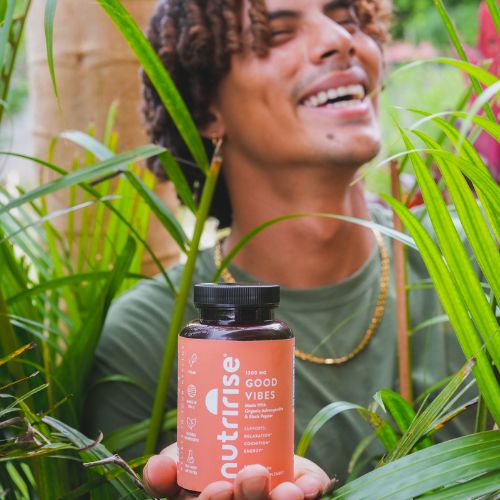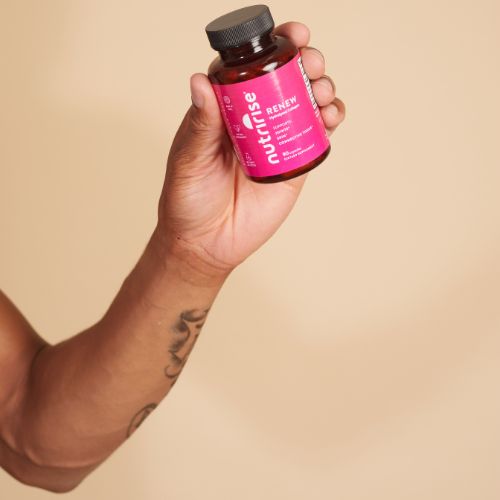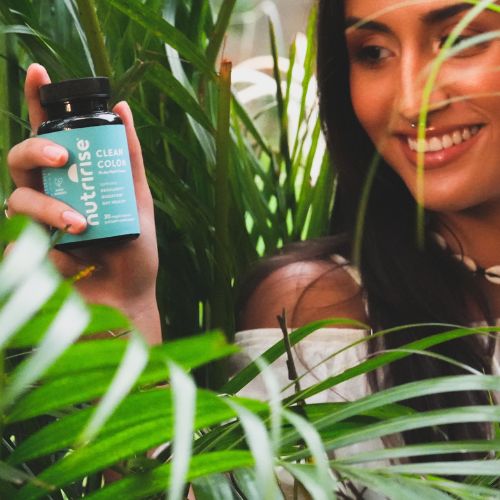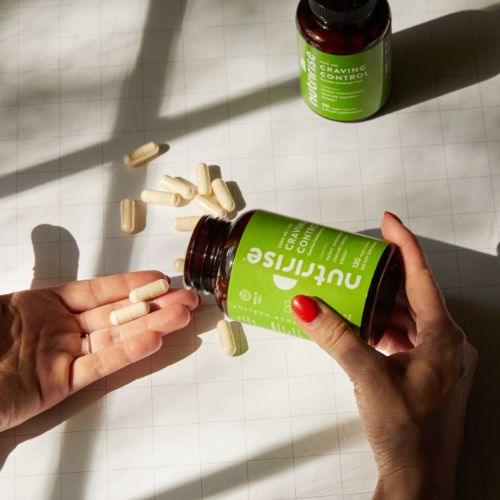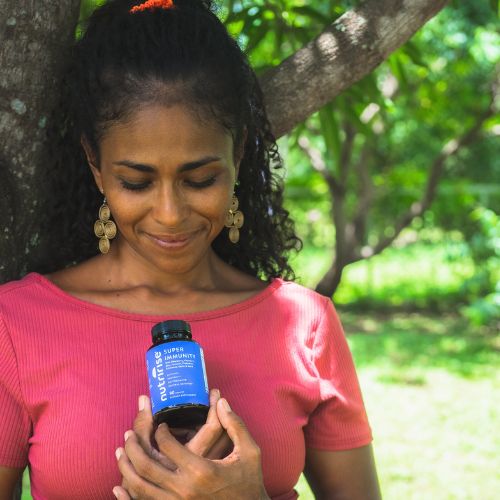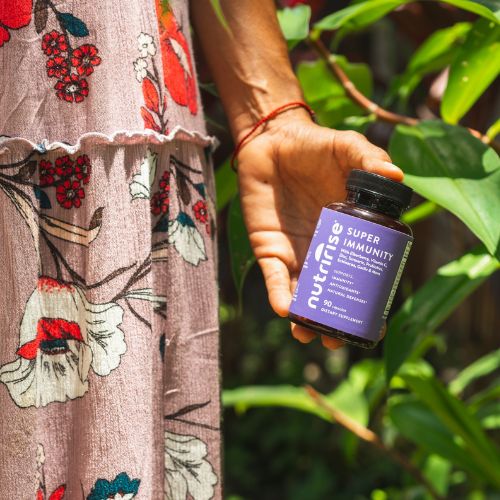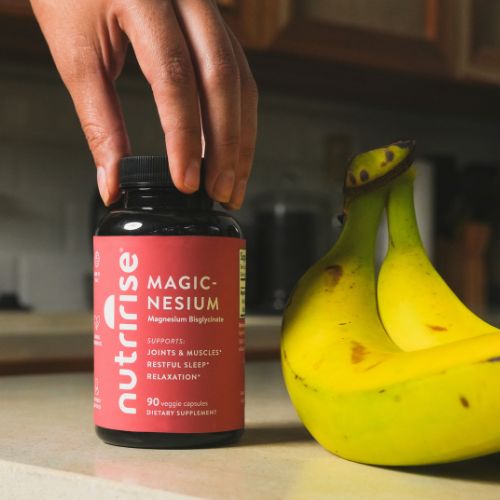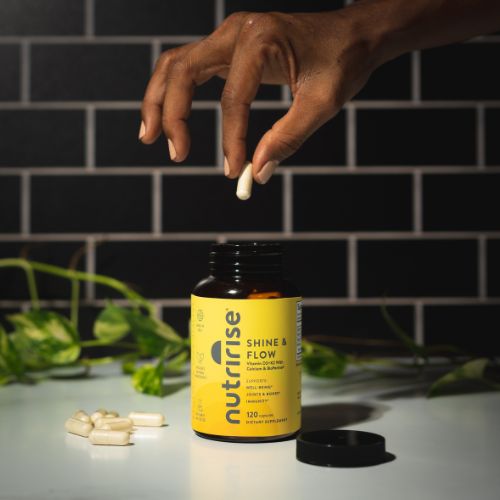What Are The Differences Between Ashwagandha Root and Ashwagandha Leaf?
The primary difference between Ashwagandha root and leaf lies in their chemical compositions and safety profile. While both parts of the plant contain the bioactive compounds known as withanolides, the specific types and concentrations of these compounds differ, which is the main reason Ashwagandha leaf is not considered the optimal choice for supplementation.
1. Health Benefit Differences Between Ashwagandha Root Vs Ashwagandha Leaf
While both Ashwagandha root and leaf come from the same plant, their uses and health benefits differ. The root is primarily used for systemic effects, such as stress and anxiety reduction, cognitive enhancement, and hormonal regulation.
On the other hand, the leaf form of Ashwagandha is traditionally used topically for skin conditions. Although some evidence suggests it may also have systemic effects, there are safety concerns regarding internal consumption of Ashwagandha leaf. Read more below.
2. Safety Differences Between Ashwagandha Root Vs Ashwagandha Leaf
Ashwagandha root is generally considered safe for most people. While side effects from Ashwagandha are usually negligible, it may cause some gastrointestinal symptoms like indigestion, nausea and diarrhea at high doses. Ashwagandha root may also interact with certain medications such as:
- Thyroid medication
- Sedatives
- Immunosuppresants
Ashwagandha leaf is considered less safe for internal consumption due to it's composition of withanolides compared to the root.
Withanolides are beneficial due to a wide range of pharmacological activities, including anti-inflammatory, antioxidant, immunomodulatory, and anti-cancer effects [3].
Notable withanolides in Ashwagandha include Withaferin A, Withanone, Withanolide A, Withanolide E, Withanoside IV, Sominone, and others.
High levels of withaferin A are found in Ashwagandha leaf compared to the Ashwagandha root. While withaferin A may have significant medicinal potential that is still under investigation, consuming too much of it as a supplement is not recommended and thus, Ashwagandha leaf is not the optimal choice for dietary supplements. 6] [7] [8] [9].
According to modern research, Ashwagandha leaves also have higher levels of Withanone and Withanoside IV [10].
On the other hand, Ashwagandha root has higher levels of Withanolide A - a safe and well tolerated withanolide which has potent anti-inflammatory and neuroprotective effects according to research [11].
3. Consumption Form Differences Between Ashwagandha Root Vs Ashwagandha Leaf
It is typically much easier to find products containing Ashwagandha root compared to Ashwaganda leaf due to its widespread use. Ashwagandha root is available in a variety of forms such as capsules, gummies, Ashwagandha powder, teas and tinctures.
The availability of Ashwagandha leaf is limited and since it is mostly used for topical applications it is usually found in the form of natural products like creams, lotions or oils as apposed to dietary supplements.
Overall Pros and Cons When Comparing Ashwagandha Root Vs Leaf
Ashwagandha root is renowned for its medicinal properties, with extensive research supporting its stress-reducing, anti-inflammatory, and antioxidant benefits. It's generally considered safe for consumption, though side effects such as indigestion may occur in some individuals.
In contrast, Ashwagandha leaf, while offering similar benefits, contains high levels of withaferin A, a compound that may be less safe for internal use. However, a significant advantage of Ashwagandha leaf lies in its topical use. It's often applied externally, which can support skin health and treat various skin issues.
Why is Ashwagandha Root Superior to Ashwagandha Leaf?
Several reasons make Ashwagandha root superior to Ashwagandha leaf:
-
Safety: Ashwagandha root is considered to be significantly safer for internal consumption when compared to Ashwagandha leaf.
-
More Extensive Research: The health benefits of Ashwagandha root supplements has been more extensively studied than those of the leaf. Numerous clinical trials and scientific studies support the use of Ashwagandha root extract for stress reduction, cognitive enhancement, physical performance improvement, and hormonal regulation.
-
Greater Availability: The root of Ashwagandha is widely available in a variety of forms, including capsules, powders, and extracts. This makes it easy to incorporate into your daily routine.
-
Traditional Use: In traditional Ayurvedic medicine, the root and root-based formulations of the Ashwagandha plant has been used for thousands of years for its systemic benefits. While the leaf is also used in traditional medicine, its use is generally more topical in the form of creams or lotions.
-
Superior Systemic Effects: The root of the Ashwagandha plant is believed to provide superior systemic effects in human health compared to the leaf, including stress reduction, cognitive enhancement, and hormonal regulation.











